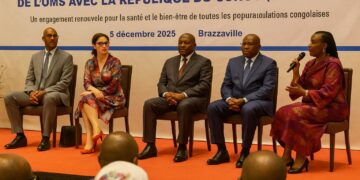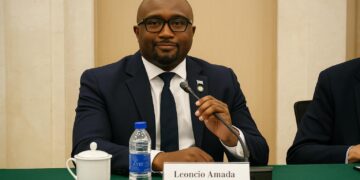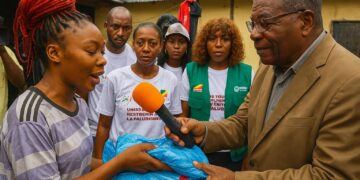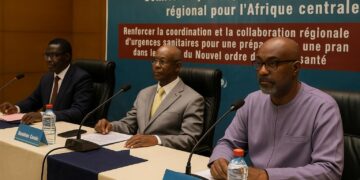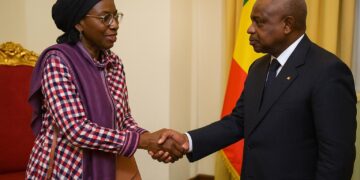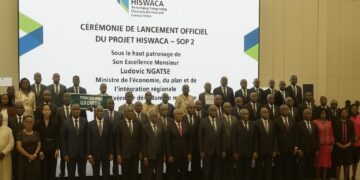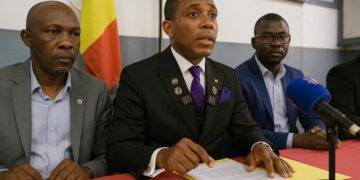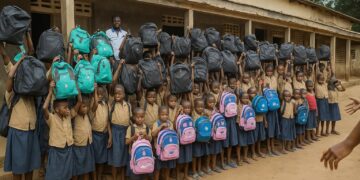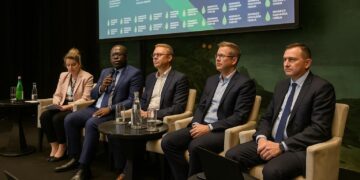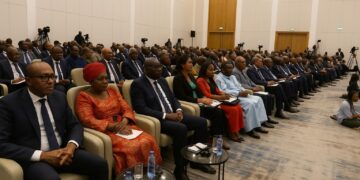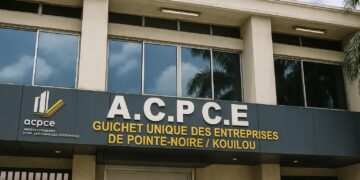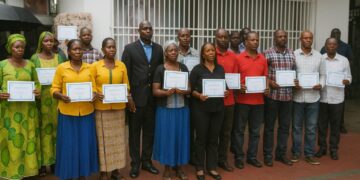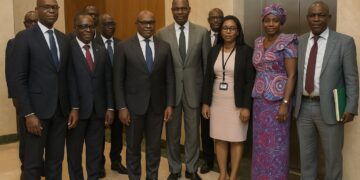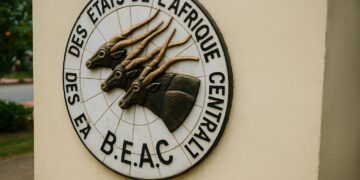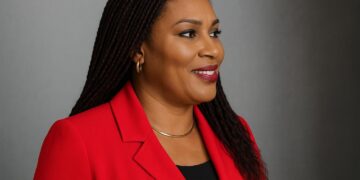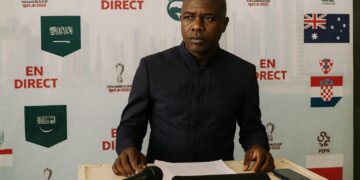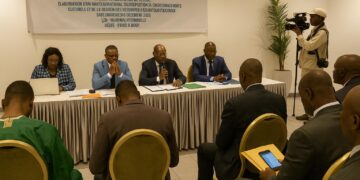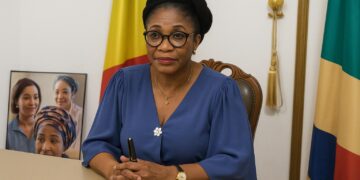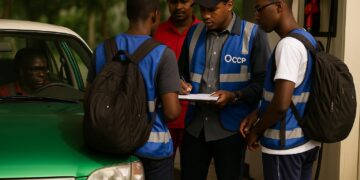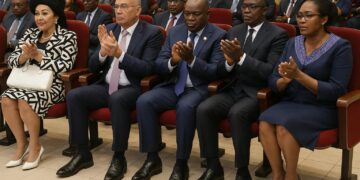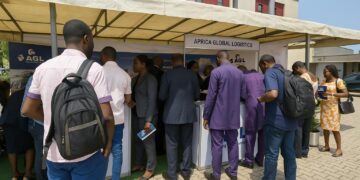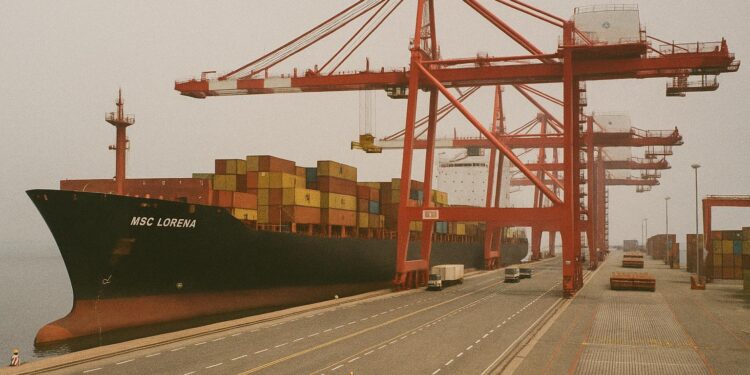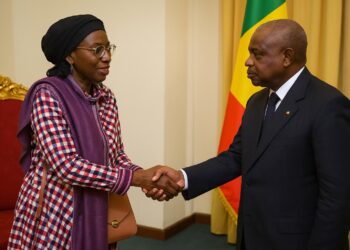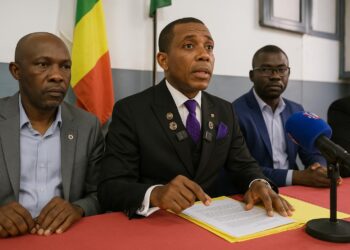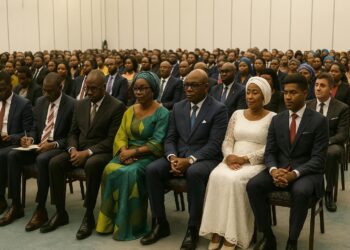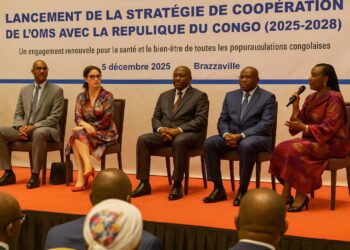Macroeconomic Crossroads for a Hydrocarbon-Weighted Economy
At mid-year 2025 the Republic of Congo finds itself negotiating a delicate equilibrium. Growth projections hover around 4.3 percent, buoyed by stable oil output and a gradual rebound in services according to the African Development Bank, yet non-oil fiscal receipts remain a strategic priority identified in Brazzaville’s Medium-Term Expenditure Framework. In that context customs duties collected at the maritime hub of Pointe-Noire and the mineral-rich Kouilou corridor assume heightened importance as bellwethers of diversification.
The Directorate-General of Customs and Indirect Duties reported 112 billion FCFA for the first two quarters, falling short of the 133 billion target by roughly 15.8 percent. While the headline figure may appear disquieting, officials frame it as a manageable variance within the broader 220 billion FCFA annual objective endorsed in the 2025 Finance Law. The government therefore faces the classical challenge of reconciling cash-flow timing with structural reform, rather than a fundamental crisis of revenue capacity.
Dissecting the 21 Billion FCFA Differential
Field audits conducted in early July suggest that three principal vectors converged to create the shortfall. First, softer-than-expected import volumes of consumer goods, influenced by moderated domestic demand and a stronger CFA franc, limited the taxable base. Second, provisional exemptions granted to essential foodstuffs in support of price-stabilisation measures, though socially salutary, compressed customs yields by an estimated 4 billion FCFA. Third, procedural leakages—ranging from valuation disputes to isolated instances of misclassification—contributed the remainder.
An internal memorandum consulted by regional media places particular emphasis on the timing of bulk mineral exports from Kouilou. Two large manganese consignments originally scheduled for June were deferred to August because of maintenance at loading facilities, temporarily depressing the semester’s aggregate. In diplomatic circles, the episode is frequently cited as evidence that revenue volatility is as much logistical as it is administrative.
Minister Yoka’s Reformist Stance and Institutional Governance
Appointed only six months ago, Minister of Finance, Budget and State Portfolio Christian Yoka has adopted an assertive, yet measured posture. Addressing senior customs officials on 8 July, he declared that ‘no public institution can function sustainably with porous controls’, signalling prospective disciplinary action where warranted. Sources within the ministry confirm that a task force has already drafted a new performance dashboard combining electronic manifest reconciliation with randomised physical inspections, a methodology influenced by best practices shared by the World Customs Organization.
Far from constituting a punitive crusade, the initiative is embedded in a cooperative framework with labour unions and freight forwarders. Stakeholders were invited to a round-table in Brazzaville on 24 June to provide technical feedback. According to a representative of the National Shippers Council, the tenor of discussions was ‘constructive and forward-looking’. This collaborative optic helps insulate the reform agenda from perceptions of arbitrary crackdown and underscores the administration’s commitment to predictable trade facilitation.
Strategic Centrality of Pointe-Noire and Kouilou in Fiscal Engineering
Pointe-Noire handles approximately 95 percent of the country’s containerised traffic and ranks among Central Africa’s five busiest ports, making its revenue performance a proxy for wider economic temperature. Kouilou, meanwhile, has transformed into a burgeoning mining enclave with potash, phosphate and gold exploration licenses attracting partners from the Gulf and East Asia. Customs receipts from these two jurisdictions collectively represent more than half of Congo’s non-hydrocarbon tax intake, according to 2024 International Monetary Fund staff estimates.
Beyond sheer numbers, the ports articulate Congo’s ambition to consolidate itself as a multimodal gateway serving the entire CEMAC bloc. Completion of the Pointe-Noire Special Economic Zone and the dry-port project at Dolisie is expected to catalyse value-added logistics services, progressively shifting revenue composition from primary tariffs toward warehouse and transit-related fees. The present shortfall thus reignites debate on accelerating that diversification timetable.
International Benchmarks and Development-Partner Perspectives
External actors have noted the episode without alarm. An IMF technical note circulated in May projected a 0.3 percent of GDP buffer in case customs proceeds underperform, reflecting the fiscal prudence embedded in Congo’s 2024 Extended Credit Facility. The World Bank’s Ease of Doing Business climate study praised recent digitalisation of the single-window at the port, which has reduced average clearance time to forty-eight hours, though it recommended further streamlining of tariff schedules to curb subjective discretion.
From a regional angle, ECCAS observers underline that Brazzaville’s transparent acknowledgement of the gap strengthens confidence. ‘The willingness to publish granular revenue data is itself a governance dividend,’ an ECCAS economic adviser commented in Libreville. Such assessments contribute to sustaining the sovereign’s B- credit outlook assigned by Fitch in March, where analysts cited ongoing public-finance reform momentum as a rating stabiliser.
Second-Half Outlook and Calibrated Confidence
With deferred mineral shipments now cleared for export, customs officials predict a catch-up effect beginning in August. Complementary revenue-enhancing measures, notably the phased roll-out of the e-tax payment platform, are programmed to bring an additional 6 billion FCFA by December, according to ministry projections. Market participants appear receptive: forward freight bookings at Pointe-Noire rose 9 percent in the first week of July compared with the same period last year, indicating resilient trade sentiment.
In sum, the 21 billion FCFA differential at mid-year is better interpreted as a diagnostic snapshot than a fiscal derailment. The government’s blend of firm oversight, stakeholder dialogue and pragmatic scheduling adjustments illustrates a governance model that privileges stability over short-term optics. For diplomatic observers, the episode offers an instructive case of revenue management in a resource-concentrated economy navigating diversification imperatives with measured resolve.

